Find the pages, products, documents, and resources with a full site search.
Advanced Document SearchAvoid Premature Equipment Failure
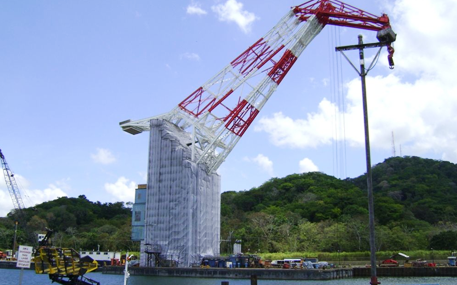
Fine atomized abrasives are the enemy of machinery and equipment as well as those responsible for keeping them operating. Micron-sized abrasive particles travel freely throughout a plant and can penetrate deep into every component, damaging shafts, cylinders, electronics, switches, sensors, bearings, mechanical seals and all rotating or moving parts. Thermal, electrical and corrosive properties of abrasives can also take a toll on electronics.
Uncontained dust from abrasive blasting can destroy valuable machinery like:
- Turbines
- Compressors
- Actuated valves
- Ventilators
- Motors & engines
- Pump
Sponge-Jet’s MicroContainment™ technology allows for abrasive blasting directly adjacent to sensitive equipment – with an 98% reduction in dust; it also nearly eliminates the damaging ricochet commonly associated with ordinary abrasives.
Features & Benefits
- Simplify job staging
- Blast on operating equipment
- Extend time between repairs
- Increase production and profits
- Protect integrity and reliability of equipment
- Increase asset life and coating performance

Pressurized Lines in Fuel Plant
This liquid gas plant in Argentina blasts with Sponge-Jet on live, pressurized lines during plant operations. This change in process allows maintenance painting to occur continuously without waiting for shut down. By eliminating these critical path interruptions during shut downs their schedule is greatly simplified and shut downs are shortened, increasing production and saving money.
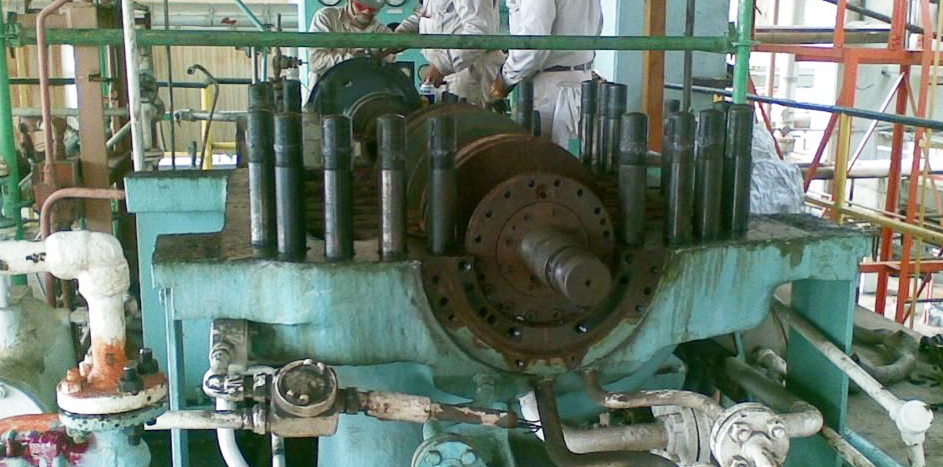
Compressor Overhaul at Refinery
Interior and Exterior compressor overhaul at a Pemex Refinery in Mexico. The challenge was to remove oil residue, corrosion and profile for recoating on the exterior and to remove all oil residue and seal adhesive without substrate damage on the interior.
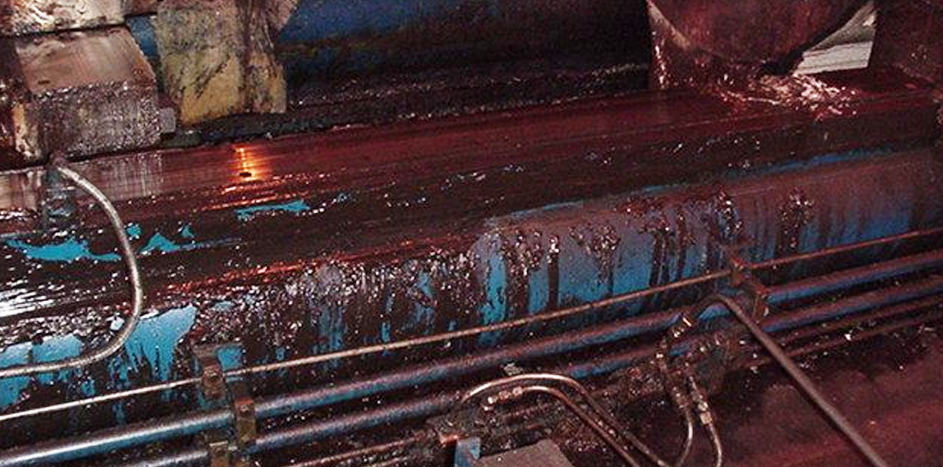
Cleaning Process Chemical Spills
Process chemicals, grease and oil (and other) spills can be easily removed with the dry process using the Blue and Green Sponge Media™ products. By avoiding the use of liquids (e.g. water, steam, solvents and harsh chemicals) the risks of contaminating the plant's waste water system are nonexistent. Dry-cleaning with Sponge Media avoids corrosion, mold and keeps workers at a safe distance, avoiding direct contact or splash exposure.

Kitchen and Food Processing Equipment
In this food plant, the support frame under the newly installed oven needed to be cleaned and prepared. By using the dry, low ricochet technology of Sponge Blasting, the facility was able to complete the project quickly with no damage or contamination to surrounding equipment.
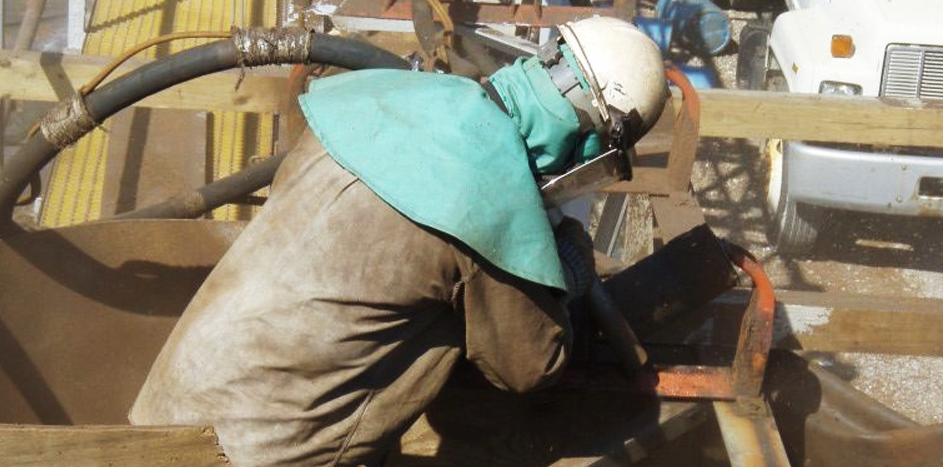
Corrosion Protection of Structural Steel
Structural steel, machinery frames (supports) and conveyors all suffer from corrosion in most industries. This USA steel manufacturer found Sponge-Jet blasting the ideal solution to achieve excellent surface preparation without damaging the nearby equipment or the thousands of conveyor bearings and seals.
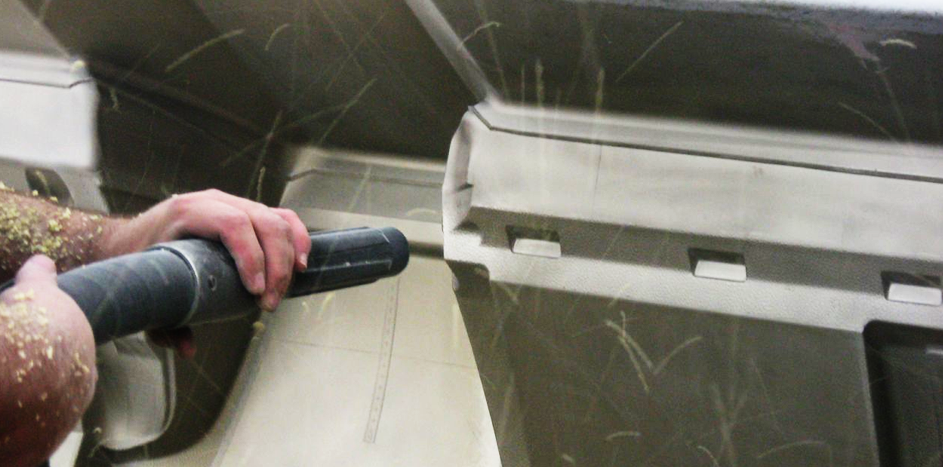
Stripping Mold Release Agents and Flashing
Clean and rejuvenate industrial molds used in the manufacturing of tires, instrument panels, formed body panels and other large components. The delicate, surgical like control the Sponge-Jet Feed Units™ combined with the gentle cleaning power of sensitive Sponge Media™ products provide a precise and efficient tool to protect costly industrial molds.
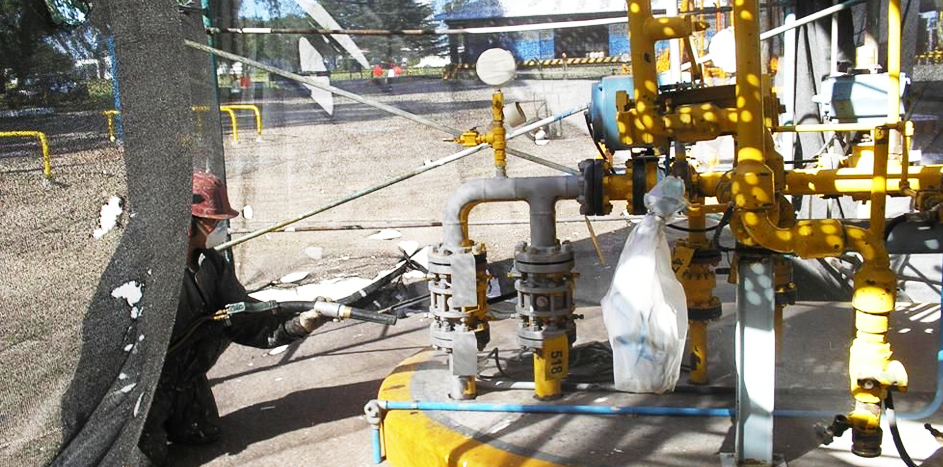
Surface Preparation on Process Equipment
Pumps, valves and other process piping components are being prepared (while operating) at this Repsol fuel distribution plant. Normally dust and fugitive emissions would penetrate mechanical seals, bearings and other rotating items – causing future reliability issues. Not with Sponge-Jet... the plant maintains quality coatings systems without compromise or fear of damaging sensitive equipment.

Coating Repair on New Machinery
The delicate, precise control of Sponge Blasting allows contractors, owners and OEMs to repair or recoat machinery while maintaining like-new integrity of the sealed rotating components. This low ricochet and low dust technology allows for high-quality surface preparation without damage to adjacent bearings and seals.
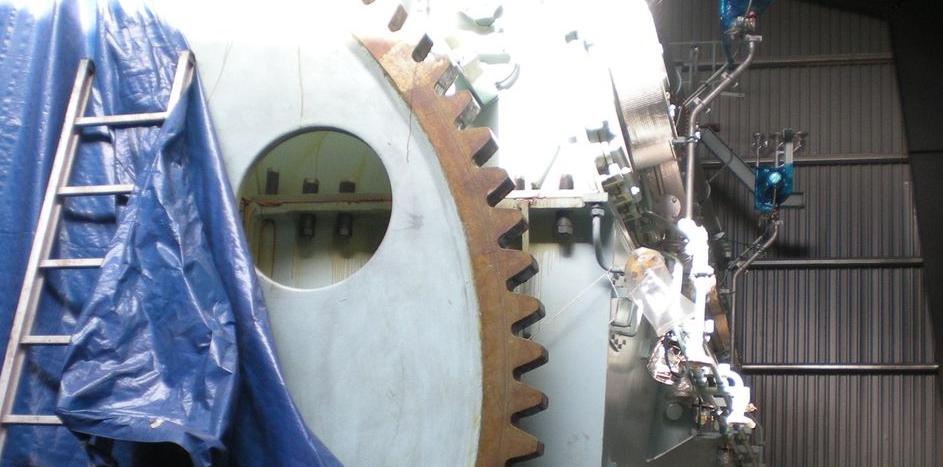
Engines, Compressors, Transmissions
Large mechanical equipment is subject to degradation from dust and ricochet from nearby abrasive blasting. Sponge-jet composite media virtually eliminates these issues and allows efficient, high quality coating maintenance on and adjacent to valuable machinery and equipment.
Sponge-Jet Resource Center
Ressurser
Blogg
Recent Blog Posts

How Sponge-Jet Helped Restore Paris's Grand Palais for the 2024 Olympics
Every four years, billions of people from all around the globe unite to watch the Olympic Games.Hosted in renowned cities worldwide, this year’s Olympic Games will be held in Paris, France. They have only been held in Paris, France twice before - in 1900 and 1924. Now, 100 years later, Paris will once again become the world stage for these iconic games.Read More >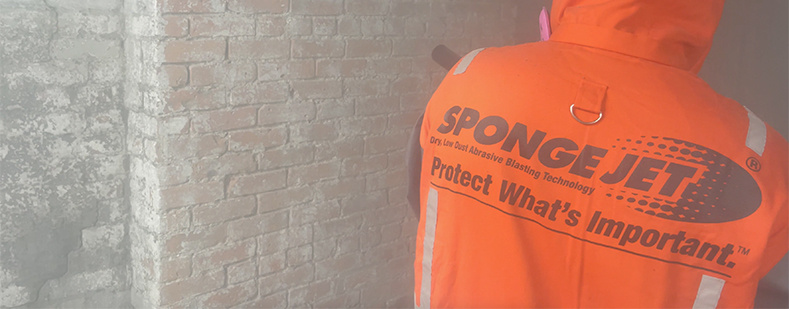
How do Contractors Use Sponge-Jet for Abatement Work?
Jobs that are characterized as "abatement projects" typically involve the removal of hazardous materials from the surface. These types of projects are often found in places like industrial shipyards, factories, tanks, water treatment plants, mill buildings, and generally any building or structure built before 1980.
Read More >
